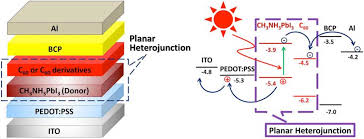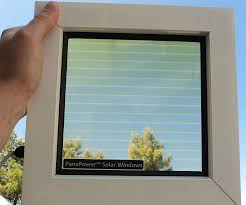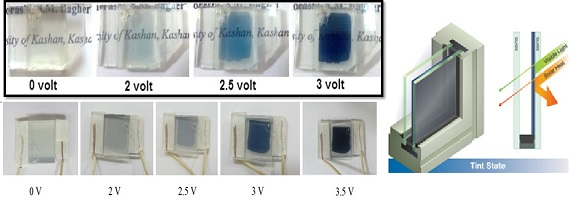| نویسندگان | فرزانه حاذقی,سیدمحمدباقر قریشی |
|---|
| نشریه | Materials Research Express |
|---|
| شماره صفحات | 2 |
|---|
| شماره مجلد | 6 |
|---|
| ضریب تاثیر (IF) | ثبت نشده |
|---|
| نوع مقاله | Full Paper |
|---|
| تاریخ انتشار | 2019-07-26 |
|---|
| رتبه نشریه | علمی - پژوهشی |
|---|
| نوع نشریه | الکترونیکی |
|---|
| کشور محل چاپ | ایران |
|---|
| نمایه نشریه | ISI-Listed |
|---|
چکیده مقاله
The performance of planar heterojunction-based perovskite solar cells was studied using SCAPS software (i.e. a program serving as a solar cell capacitance simulator). An inorganic hole-transport material (HTM) and an inorganic electron-transport material (ETM) were used to reduce both cost and degradation of perovskite solar cells. This study aims at the effect of the thickness and defect density of perovskite layers, hole mobility of HTM, and valance band alignment mismatch at the HTM/absorber interface on the photovoltaic parameters of perovskite solar cells. Since the work function of carbon (-5ev) is close to that of gold (5.1ev), carbon was used as a low-cost back contact instead of gold (Au) as an expensive back contact. Generally, an increase in the thickness of MAPbI3 perovskite up to 800 (nm) raises the power conversion efficiency (PCE) of solar cells. On the other hand, the enhancement of the defect density of perovskite decreases the performance of solar cells. Furthermore, an increase in the hole mobility of the hole transport material promotes the efficiency of the device. Finally, the results show that the power conversion efficiency (PCE) of solar cells containing ZnO (ETM), perovskite (active layer), CuSCN (HTM) and carbon as a cathode exceeds 24%.




